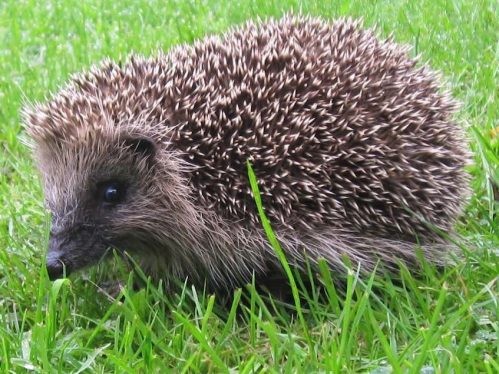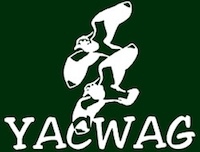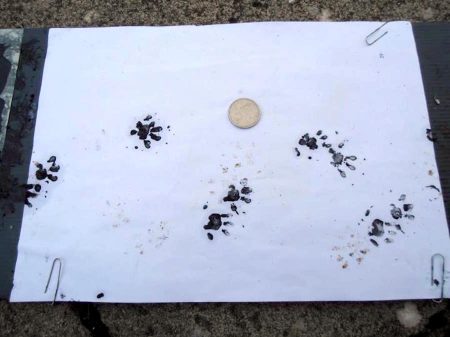

Wildlife
Hedgehogs
______
Hedgehogs are now listed as an endangered species. Due to loss of habitat it has been estimated their numbers have declined from over 30 million in the 1950s to around 1 million now. Around a third of this loss has occurred since 2000.
Hedgehogs
In the early 2010s YACWAG trustee Richard Croucher read of a survey to discover Britain’s favourite animal. The Hedgehog came out close to the top of the list. At that time he had only ever seen roadkills in Yatton and Congresbury. He then asked members of YACWAG to send in reports of sightings of Hedgehogs either live, dead or field signs such as droppings. For two years he kept quite detailed maps of the results. In the third year most of the reports were confirming what he already knew.
Most Hedgehog roadkills were along busier roads. Most live sightings were in the quieter parts of the village, for example there is a 'hotspot' in gardens close to the Horsecastle open space and playing area in Yatton. Of course the most active YACWAG members also reported the most sightings so Richard’s map also indicated where members have wildlife friendly gardens. The conclusion is that Hedgehogs are present in most areas of both villages, we just need to look to find them. It is not possible without a much more scientific survey to decide how many we have and if the population is stable or declining.
Please help local Hedgehogs. Leave an area of your garden a little wild to leave some cover and a natural feeding area. Reduce the frequency of cutting your lawn, Hedgehogs will tear off long grass to help make summer nests. Make sure there is access from your garden into your neighbour’s garden and encourage your neighbour to do the same to help Hedgehogs move around the village without needing to use the roads so much. Consider buying or building a Hedgehog nest box to give them somewhere to hibernate or give birth. Consider feeding them but avoid bread, milk and fish-based cat food. Also be aware that anything you feed with could also attract rats! Be very careful when using a strimmer, and use an absolute minimum of slug pellets and other insecticides.
Hedgehogs are nocturnal nomads. These spiny mammals can travel between one and two miles a night to forage for food. While classified as insectivores, hedgehogs may also eat slugs, baby mice, frogs, fish, worms, small snakes, eggs, vegetables and even fruit. They can also be given cooked meats such as chicken or turkey.
If you are not sure if you have Hedgehogs visiting your garden, ask to borrow either a Hedgehog tunnel* or the YACWAG trail camera. Who knows what else you might discover? If you find a Hedgehog out in the daytime or an injured or sick one at night please contact Prickles Hedgehog Rescue Centre in Cheddar, 07806 744 772. They will send someone to collect it from you, nurse it back to health and return it. Please also send in reports of your sightings via the contact form on this website.
* a hedgehog tunnel lures a hedgehog (and sometimes other animals) into ink so it leaves its footprints in the tunnel. This is an easy way to find out if a hedgehog is visiting your garden.
© Copyright YACWAG, or original authors. All rights reserved. | Registered charity 1076362 | Privacy policy | Cookie policy | Terms & Conditions |Web design: StanfordGraphics




